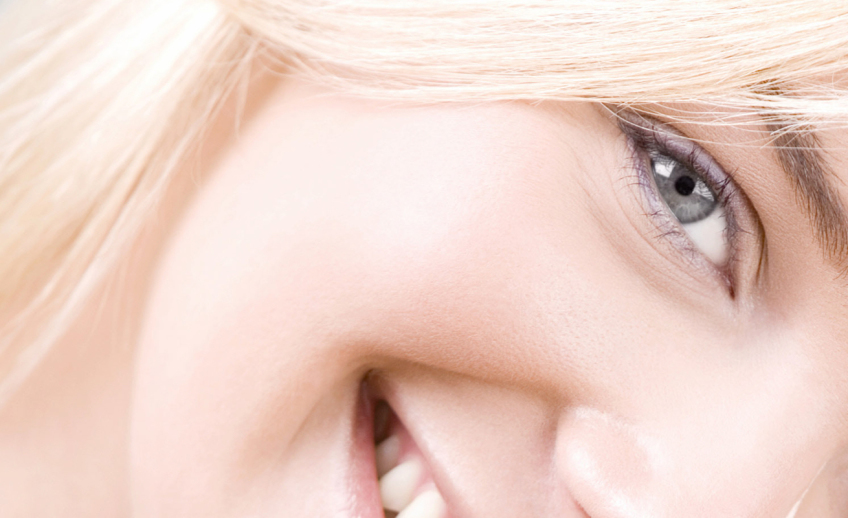Hyaluronic Acid (HA) injection is the second most
frequently performed aesthetic procedure in the United States. HA is a major component of the extracellular matrix in epithelial, connective, and neural tissues. In the skin, HA maintains dermal volume and viscoelasticity and scavenges free radicals. HA may stimulate de novo collagen synthesis in the skin, enhancing its properties as filler. Hyaluronic acids can be derived from avian or bacterial sources; each product has its own, specific characteristics. Several preparations adapted for different injection depths are available for most products, which differ based on the concentration of hyaluronic acid and the degree of crosslinking, and thus the rate of degradation.
Uses of fillers
HA fillers are approved by the US Food and Drug Administration (FDA) for the temporary correction of moderatetosevere facial wrinkles and folds (static wrinkles mainly of middle & lower face such as nasolabial folds). Moreover, HA fillers used for check and lip augmentation, correction of tear trough, aesthetic nose contouring, & refilling and reshaping the face. Clinical outcomes are determined by a variety of factors, the most important of which is the patient’s experience with the filler or realistic expectations, injection technique & type of filler. In addition, oxidative or inflammatory status, metabolism, the health of the skin, and inherent movement patterns all affect the outcome. For example, heavy smoking enerates a lot of free radicals, which hasten the aging process.
Side effects
Complications associated with HA fillers are mostly normal reactions that resolve over time, for example pain during injecting, bruising, edema & transient lumpiness. But true adverse outcomes include allergic reactions, granulomas, Tyndall effect, overcorrection or infection. Nevertheless, immediately contact your doctor to get a professional opinion about these side effects. There are always general risks concerning the technique, patient, material to which you will be exposed, even after precise injection made by highly skilled doctors.
Precautions
Not to inject in or near areas where permanent filler is present or resorbable filler was injected within the last 6 months, not used under 18 years old and during pregnancy or breast feeding. After treatment recommendations Don’t touch the injected area, avoid exposure to extreme hot or cold for 23 days, in case of lip augmentation, don’t drink very hot/ cold beverages or kiss for the first 24 hours, and no complementary treatment such as peeling or laser for at least one month.
What is ideal filler?
The great advantage of HA products is that they are reversible with hyaluronidase or simply by “nicking and squeezing.” HA is inert material, malleable, with natural look and feel. Furthermore, it is not permenant but long lasting (9 12 ms). HA fillers are totally biocompatible and biodegradable. So, they can be injected without preliminary allergic test
HA used as a rejuvenation mesotherapy
With sun damage and progressive reductions in collagen and hyaluronic acid content, the skin loses its plumpness and resiliency. When used for skin rejuvenation, mesotherapy infuses the superficial dermis with potent vitamins, asodilators, and antioxidants to rejuvenate and revitalize the skin. Injecting into the skin substances necessary for its proper functions seems to be more efficient than applying topical products.
HA utilized for mesotherapy is not crossinked, it is not highly stabilized, it is very fluid, and it resists for a shorter period than HA used for fillers (the time for degradation by hyaluronidase is much shorter). The viscoelastic and moisturizing properties of HA maintain a good hydration status of the dermis, which has two advantages: it provides good flexibility to the extracellular matrix and a stock of water sufficient to hydrate the very superficial layers of the epidermis. Also it eactivates fibroblasts and induces the synthesis of new collagen, elastin, and endogenous HA and acts as a free-radical scavenger.


